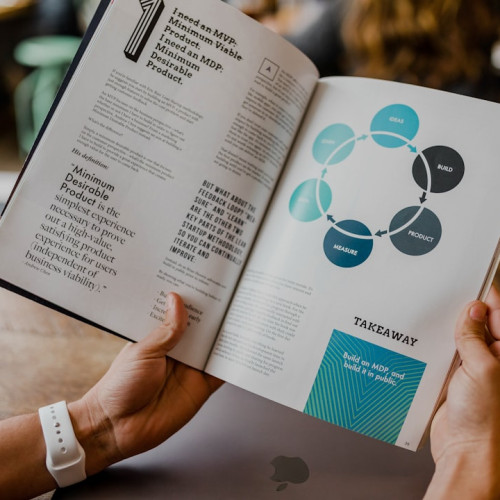
How to Interpret Macroeconomic Data: A Comprehensive Guide
# Introduction. Understanding macroeconomic data is essential for policymakers, businesses, and individuals alike. Macroeconomic data reflects the overall economic performance of a country, encompassing vital statistics such as GDP, unemployment rates, and inflation. In today’s fast-paced financial landscape, knowing how to interpret these statistics can provide significant insight into national and global economic trends, aiding in better decision-making. This guide explores the basics of macroeconomic data interpretation and offers practical strategies for analyzing these figures effectively. # The Importance of Macroeconomic Indicators. Macroeconomic indicators serve as vital signs for the economic health of a nation. Key indicators such as Gross Domestic Product (GDP), inflation rate, employment figures, and balance of trade provide comprehensive insights into the economic climate. Understanding these indicators helps investors assess market conditions, businesses to forecast growth, and governments to formulate policies. Specifically, GDP measures a country's total economic output, while inflation rates reveal changes in the purchasing power of currency. Familiarity with these metrics enables one to navigate market fluctuations and economic cycles. # Decoding Gross Domestic Product (GDP). Gross Domestic Product (GDP) is one of the most crucial indicators of economic health. It is the monetary value of all finished goods and services produced within a country’s borders in a specific period. GDP can be calculated in three ways: production (the total output of reality), income (total income earned), and expenditure (the total amount spent on goods and services). To effectively interpret GDP data, one must analyze its growth rate, which indicates whether an economy is expanding or contracting. A rising GDP usually means economic growth and prosperity, while a declining GDP can signal recession and economic distress. # Understanding Employment and Unemployment Rates. Employment and unemployment rates are critical indicators that provide insight into labor market conditions. High employment rates typically indicate a flourishing economy, while high unemployment suggests economic troubles. The unemployment rate is calculated by dividing the number of unemployed individuals by the total labor force. It’s important to differentiate between cyclically, structurally, and frictionally unemployed individuals, as each category reveals different underlying economic issues. For example, cyclical unemployment relates closely to the overall demand in the economy, while structural unemployment indicates a mismatch between skills and jobs. # Insights from Inflation Rate Analysis. Inflation represents the rate at which prices for goods and services rise, eroding purchasing power. Interpreting inflation data is crucial for stakeholders. Analyzing Consumer Price Index (CPI) and Producer Price Index (PPI) helps in understanding inflation rates. A moderate inflation rate can signal a growing economy, but hyperinflation can lead to an unstable economic climate. Additionally, deflation, a decrease in the general price level, can spur economic stagnation. It is essential to track inflation trends over time rather than relying on a single data point, as monthly fluctuations can be misleading. # Balance of Trade: Import vs. Export Analysis. The balance of trade is the difference between a country's exports and imports. A trade surplus occurs when a country exports more than it imports, indicating a robust economy. In contrast, a trade deficit implies that imports exceed exports, potentially leading to a weaker financial position. Understanding the balance of trade requires assessing the types of goods traded and the economic relationships with trading partners. Analyzing how trade impact inflation and currency value is essential in interpreting macroeconomic data effectively. # Conclusion. Interpreting macroeconomic data is an invaluable skill for understanding economic trends and making informed decisions. By familiarizing oneself with critical indicators like GDP, employment statistics, inflation rates, and the balance of trade, individuals and organizations can gain a clearer insight into the economic landscape. With careful analysis and a focus on the broader economic context, anyone can navigate through the often complex world of macroeconomics. Leverage this knowledge to create informed strategies, whether investing, planning, or influence policy decisions. The ability to interpret these indicators will result in not just personal gain but contribute to a greater understanding of global economics. .







